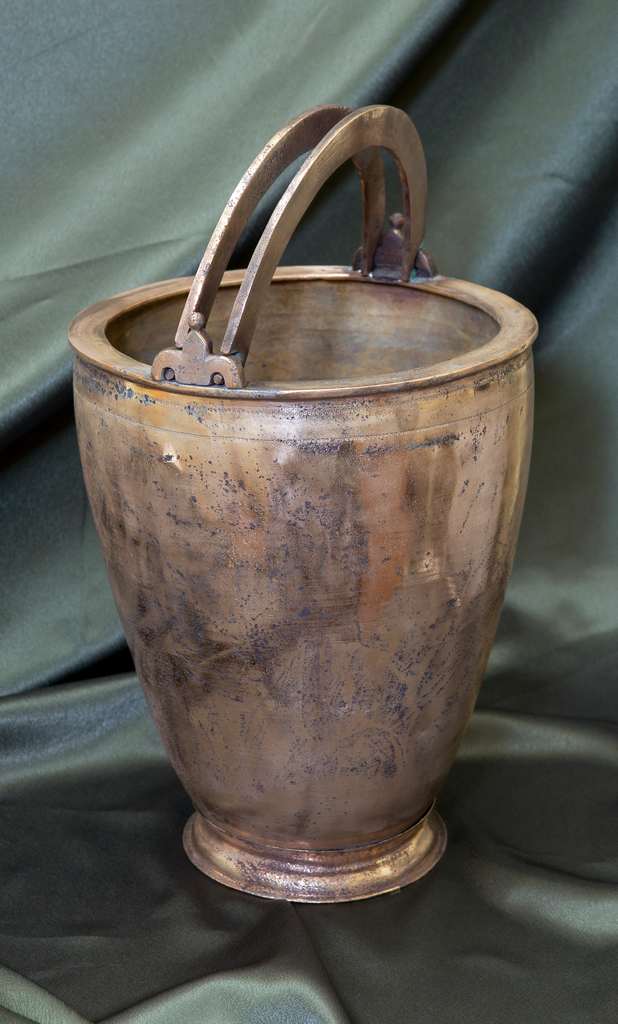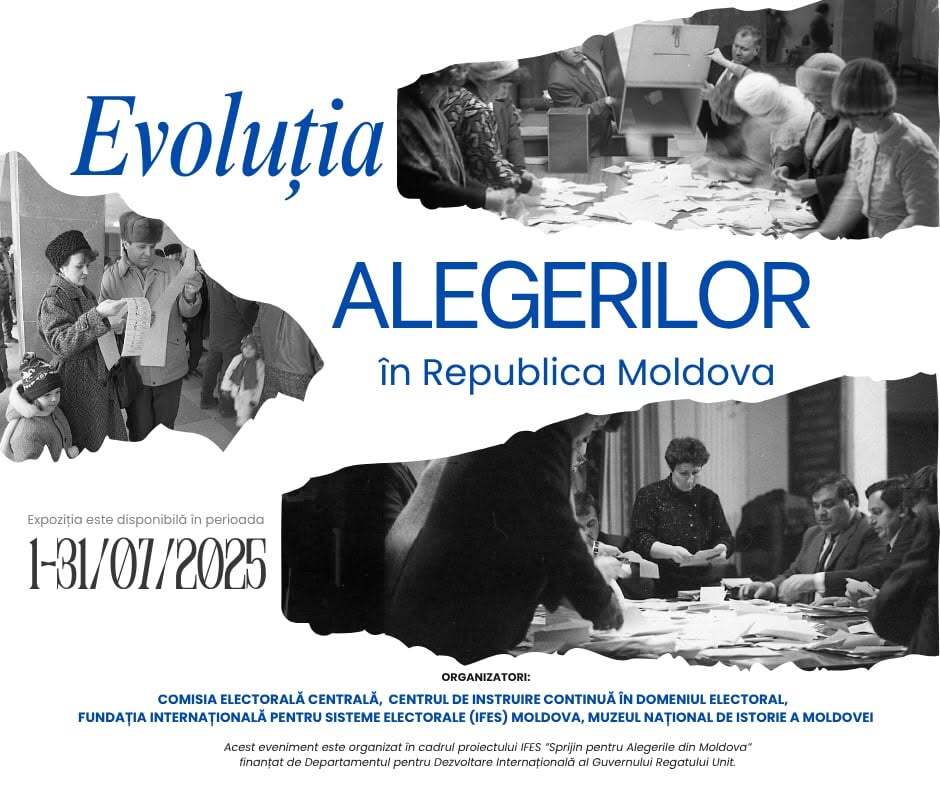On July 21, 2016, the National Museum of History of Moldova and the International Club of Collectors from Moldova opened the exhibition „Icons from private collections from Chișinău", which will be on display until December 31, 2016.
This is a new practice for Moldovan collectors to collaborate with public institutions in order to display to a larger public the antiques they have collected over the years. Besides the tendency to collect objects of different categories, including ritual artifacts, the merit of collectors, as well as public institutions, is the safeguard and preservation of heritage assets. In case of icons, their collection and conservation in private collections was perhaps the most appropriate way to salvage them from imminent danger of total disappearance in certain historical periods.
The exhibition has on display 127 icons painted on wood, oil and tempera, dated with the eighteenth, nineteenth and twentieth centuries. Most exhibited icons are of Russian origin, but there are also some examples created in Bessarabia.
The exhibition is divided into several distinct sections and presents a grouping of religious icons of the Mother of God, of the Saviour and St. Nicholas. The public will familiarize with the most representative Mariological icon types: Hodighitria, Eleusa, Oranta, Aghiosoritissa. Among displayed icons with Christological theme are: Jesus Christ Pantocrator, Christ the High Priest, the Holy Veil, the Icon of the Resurrection etc. A remarkable collection of icons with the image of St. Nicholas will be displayed, protection icons, icons with several registers and icons dedicated to holy martyrs and pious saints, such as icons with the image of St. John the Baptist, Saints Samon, Gurie and Aviv, St. Evdokia, St. Fotinia, St. Catherine, St. Tatiana etc.
All icons in the exhibition are displayed the first time to the visiting public, which makes the exhibition extremely valuable.

































































